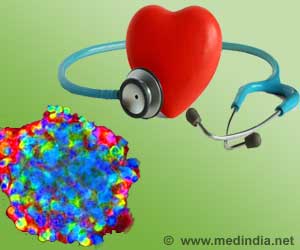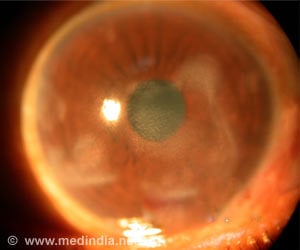When a certain type of stem cell is killed off for experimental purposes, a group of non-stem cells can come out of retirement and replace them, found in a new study.

The discovery sheds light on the tiny "environments" that stem cells occupy in animal bodies and may help explain how stem cells in tumors replenish themselves, the researchers said.
Damage of the kind duplicated in the laboratory occurs naturally after exposure to radiation and perhaps also after ingestion of toxic chemicals such as those used in chemotherapy.
The research group, led by Erika Matunis, Ph.D., a professor of cell biology at the Johns Hopkins University School of Medicine, has been using the fruit fly as a model living system in which to study stem cells in their natural state.
Most stem cell research is done on cells grown in the laboratory, but in real life, stem cells reside in tissues, where they are sequestered in tiny spaces known as niches.
Adult stem cells keep dividing throughout life to make various kinds of cells, like new blood cells and germ cells.
Advertisement
The hub cells are not stem cells; they have settled on their final form, incapable of dividing further or changing their function - or so everyone thought.
Advertisement
Instead, she says, "it took a lot of heroic, patient combinations" of different genes working together to kill the somatic cyst cells, Matunis says.
"When we finally figured out a way to kill all of the somatic stem cells, we thought that the rest of the tissue would probably just empty out," she said.
In 35 percent of testes, that's just what happened. But in the rest, the somatic stem cells grew back.
This was a surprise, Matunis says, and left a puzzle: Where were the new somatic stem cells coming from?
The answer, it turned out, was another surprise: the hub cells. When the somatic stem cells were destroyed, the hub cells cranked up their machinery for cell division.
The team did several experiments to be sure that the hub cells were involved, including one in which they genetically marked the hub cells and saw the mark appear in the newly formed somatic stem cells - a clear sign that hub cells had divided to make new stem cells.
The research is published in the journal Cell Reports.
Source-ANI













